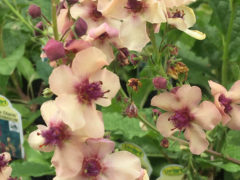
Verbascum ‘Southern Charm’ mullein
Verbascum x hybrida 'Southern Charm'
Native from Europe to North Africa to Western and Central Asia, mullien has naturalized across … Continued
Drought-tolerant and drought-resistant plants may still need supplemental water from time to time, but they can survive periods of dryness without dying.
Drought-resistant plants like cactus, hens and chicks, and sedums can go for very long periods without water and do not tolerate poorly drained locations. Drought-resistant tropical plants grown indoors in winter like cactus, Sansevieria, Echeveria, and other succulents sometimes fail due to overwatering.
Drought-tolerant plants grow in many textures and sizes and have different adaptations that help them get through periods of drought:
The latter two types of plants are drought tolerant once established because any new planting, regardless of drought tolerance, needs to be watered during the first growing season to allow roots to reach the depths needed to access moisture during dry periods.
It’s also important to note that survival may not mean that the plant will look its best during this time. Watering weekly for a longer period of time will result in the best-looking gardens with the highest tolerance for drought. During the hottest, dryest times in summer, watering deeply twice a week is recommended. These less frequent waterings will encourage root systems to expand, making it easier for plants to access moisture when their environment is dry.
Winter drought has become a bigger problem in recent years as snowfall declines. Evergreen plants are especially vulnerable during winter drought because their foliage continues to shed moisture while dormant deciduous plants have shed their leaves and can conserve moisture in woody stems and underground. Watering shrubs and trees in winter on days when the temperature allows (above freezing) will help ensure their healthy return in spring.
Here are some drought-tolerant and drought-resistant plants to grow—

Verbascum x hybrida 'Southern Charm'
Native from Europe to North Africa to Western and Central Asia, mullien has naturalized across … Continued
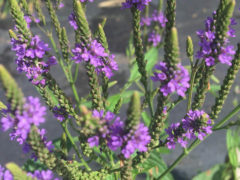
Verbena hastata
Easily grown in average, medium to wet soils in full sun. Forms colonies in the … Continued
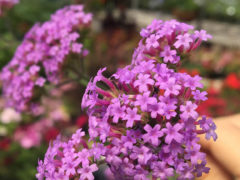
Verbena bonariensis
Tender perennial is winter hardy to USDA Zones 7-10. In colder zones, grow as an … Continued
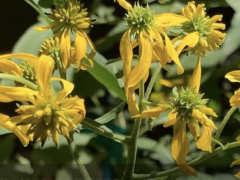
Verbesina alternifolia
1-2 inch yellow blooms in late summer. Aggressive growth habit, but a great native plant … Continued
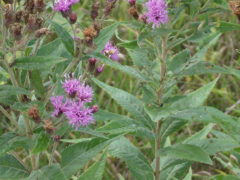
Vernonia fasciculata
2-4′ tall fall native is topped with broad, compound blooms made up of many heads … Continued
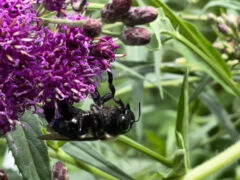
Vernonia baldwinii
Stems occur singly or in clumps with wide clusters of vibrant red-violet blooms at the … Continued
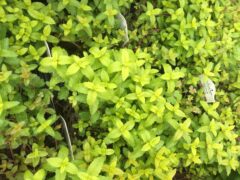
Veronica prostrata ‘Sunshine’
Veronicas produce some of the clearest true blues available in perennials. This easy-to-grow prostrate cultivar … Continued
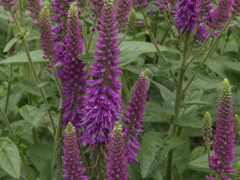
Veronica longifolia 'First Match'
The First series of Veronica features a compact habit with sturdy stems that hold spikes … Continued
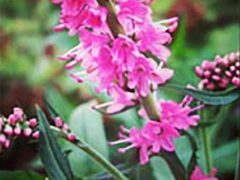
Veronica longifolia ‘Pink Eveline’
A more compact selection of upright speedwell, plants form a bushy, upright clump with long … Continued
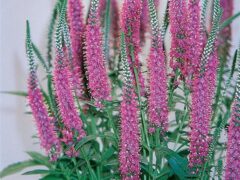
Veronica spicata 'Red Fox'
Dazzling rosy tapering spikes of Veronica Red Fox arch upward to add vibrant color to … Continued
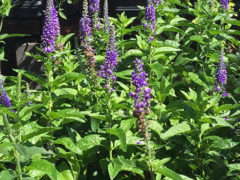
Veronica spicata ‘Sunny Border Blue’
Perennial Plant Association 1993 Perennial Plant of the Year! Showy dark violet-blue spikes are very … Continued
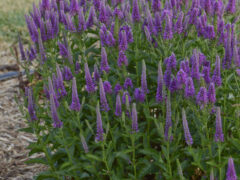
Veronica 'Very Van Gogh'
Plenty of purple flowers cover this heavily branched easy to grow perennial from mid to … Continued